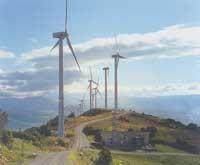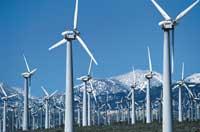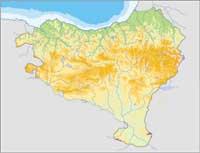Wind farms for power grid organization
2003/02/06 Andonegi Beristain, Garazi - Elhuyar Zientziaren Komunikazioa
Television, and in general all appliances, support a maximum and minimum electrical voltage. That is, if you get too much tension, as in the case of lightning, it burns and if it is insufficient, it turns off (for example, to the flashlight when finishing the batteries). Considering this simple phenomenon, it is easy to understand that in the plugs of homes we always have to have the same voltage, but maintaining that voltage around 220 V is not so easy.
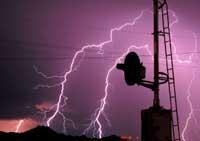
For this reason, in recent years electric companies are increasingly giving importance to the regulation of the electricity grid. In fact, more energy sources are connected to the grid every day, such as wind farms, solar panels, etc. They all emit electricity to the grid, just as when the lightning enters the grid, increasing the energy level. On the other hand, more and more electroresnas are connected in the network that, by absorbing electricity, reduce the energy level of the network. Both phenomena continuously increase and reduce the energy level of the network, becoming unstable.
If this instability was resolved, we would have a higher quality electrical signal, which would imply greater safety and lower losses in the network.
Time to start worrying
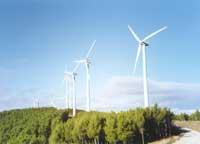
Until now, the electricity generated by independent producers did not raise too much concern for companies in charge of the distribution and transport of electricity. In fact, the electrical power generated was low compared to the total power of the system. At present, however, the energy injected into the grid is growing continuously and its control is the responsibility of electric companies.
The research project in which the UPV-EHU, IBERDROLA, INGETEAM, INDAR and EHN participated has focused on the problems of the electricity grid and the wind farm of Salajones in the area of Sangüesa. This research project proposes a novel idea: the use of wind energy to control incidents that occur in the electricity grid.
Wind turbines monitor the power grid
The wind turbines consist of three main parts: the turbine, the electric generator and the control system. Each section works after the other, since electricity production is a chain work.
First, the turbine transforms wind energy into mechanics and then the electric generator turns it into electrical. Finally, the control system tries to approximate the tension and frequency that are obtained to which theoretically should be obtained.
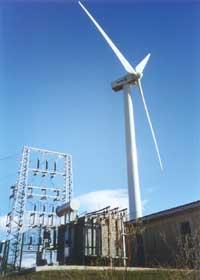
Until now, wind farm control systems only regulated part of the power, that is, the active power. But there is another type of power: the reactive. Reactive power is the power used to generate magnetic fields. These magnetic fields are very important, since devices that work by induction require magnetic fields and currently these types of devices are increasingly connected to the network.
If the energy quality is desired to be adequate, the reactive power available on the network must depend on the asset. Therefore, knowing what the asset is, the reagent cannot go through certain limits.
According to the study, the control system developed for the whole park, in addition to regulating the active power, allows to vary the level of reactive power. In this way, the park can be assigned a reactive power slogan to create or absorb, which allows to improve the signal at any other point in the network. In addition, it has been shown that the wind farm control system is able to respond quickly to setpoint changes, which is very important, since the state of the network is changing at all times.
Researchers have developed regulatory controllers of both powers, which now aim to improve and extend them to wind farms. Wind farms, in addition to providing energy, may be able to balance the power grid in the short term.
Speed change in wind farms
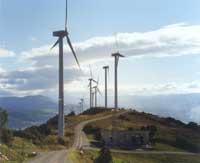
Fixed speed wind turbines have been used since the construction of wind farms began. To maintain this fixed speed the wind turbines vary the inclination of the blades depending on the wind force. Thus, if the wind blows very strongly, with the blades it opposes the wind and the speed is limited. On the other hand, if the wind blows slowly and the mill is not able to maintain speed, it disconnects from the net. In both cases not all wind energy is used.
Now, however, these fixed speed generators have been replaced by the deployment of variable speed generators. These wind turbines are able to adapt to different speeds, thus optimizing the energy they produce. In fact, in the Basque Country most of the parks are of this type, among them the well-known wind farm of Elgea.

Gai honi buruzko eduki gehiago
Elhuyarrek garatutako teknologia



